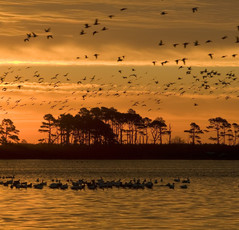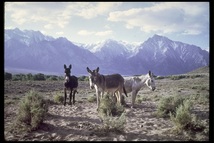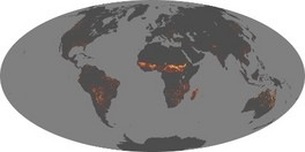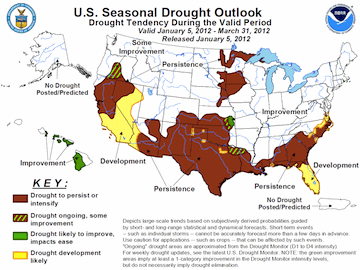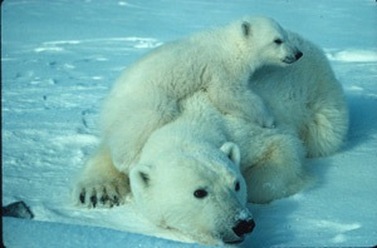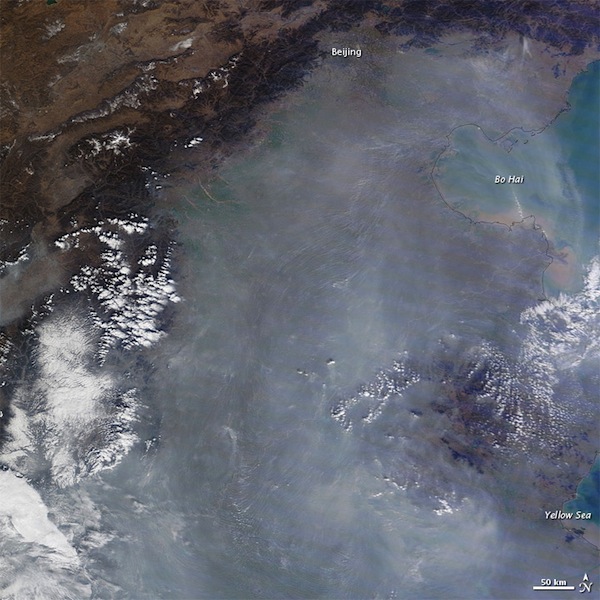Wild Re*Solve: Greening the Earth
|
_If the world is to stay below 2C of warming, which scientists regard as
the limit of safety, then emissions must be held to no more than 450
parts per million (ppm) of carbon dioxide in the atmosphere; the level is currently around 390 ppm.
_
According to the US Fish and Wildlife Service, an estimated 1500 - 2000 polar bears -- or fewer -- range between Alaska and Russia's Chukotka Peninsula. Their natural habitat, the Polar ice cap, is shrinking due to Climate Change. Year-round poaching increased with the collapse of the Soviet Union, with fewer than 300 dens still being occupied, as polar bear skins commanded upwards of $20,000 for a hunter. In an attempt to reduce poaching, a legal "harvest" to be shared bilaterally was set at 58 bears in June 2010. In the US, only the indigenous peoples of the area are allowed to traditionally "harvest" -- with high-powered rifles and speed boats -- polar bears in an exclusion under the Marine Mammal Act.
The Russian Academy of Sciences Polar Bear Programme, by comparison, notes that polar bears had been legally protected since Soviet times in 1956. The IUCN, when putting the polar bear on its Red List of Threatened Species, also noted that Russian Chukchi populations should be allowed to traditionally hunt the bear as well. "Considering that the Chukotka hunters ignore all requirements of the law today, guided by a self-given right: 'I have been hunting and will continue to hunt', there are no doubts about what is going to happen if they are legally permitted to hunt. This quota will formally cover the ongoing poaching and make poachers confident that no punishment will follow. They will treat such quotas as a bonus: at last, after 20 years of hunting in violation of the law, their practices have been officially declared legal! Given today's social and economic conditions with such legal nihilism it will be hard to control the number of polar bears actually killed," writes biologist Nikita Ovsyanikov, deputy director for research of the state-run Wrangel Island Nature Reserve, a member of the group of polar bear experts at the International Union for the Conservation of Nature (IUCN). "Today, a great number of Russians are concerned about global climate changes, the shrinking of Arctic ice cover and the fate of the polar bear. And a great number of Russians find it upsetting that a small group of lobbyists, who have personal interests in the management of polar bears in their own way, has been pushing their selfish interests through on the sly. If we lose polar bears in the Russian Arctic, people should know why this happened and who is responsible! Still, we have a chance to avoid this scenario." In a November 2011 report by Environment Canada, Canadians would be willing to spend about $6.3 billion (or willingly pay $508 additional taxes/household) to "ensure polar bears do not disappear." The report was noted by the Canadian charity Bearsmart. News and Links: Bearsmart: http://www.bearsmart.com/media/1460 Russian Bear Programme: http://premier.gov.ru/patron/en/bear/news/11730 U.S. FWS noted at http://www.america.gov/st/energy-english/2010/July/20100719120636FJreffahcS3.473163e-04.html with main page at http://www.fws.gov/international/DIC/regionalprograms/russia/russia.html |
Haze over Eastern China, November 2011
From Nasa (Above): "Thick haze blanketed eastern China in early November 2011. The Moderate Resolution Imaging Spectroradiometer (MODIS) on NASA’s Terra satellite captured this natural-color image on November 10. The haze extends southward from Beijing along the coastal plain bordering Bo Hai and the Yellow Sea.
According to a World Bank study, only 1 percent of China's 560 million city dwellers breathe air considered safe by European Union standards. Xienhuanet's English language service in June reported that more than half of China's cities are affected by acid rain (due to air pollution), while it noted that "About 40 percent of major rivers are so polluted that the water can only be used for industrial purposes or landscaping. About 16 percent of the total is unfit for agricultural irrigation." In its newest 5-year plan, China's government says it plans to focus on the environmental damage due to its rapid growth. China "has gotten to be the industrial dumping ground for the world," notes Orville Schell, Asia Society's Director of the Center on US-China Relations. "We complain in America about losing jobs, but we've exported all our dirty industries to China. They're bearing more of the environmental cost than their rightful share. But the paradox of course, is that when it comes to climate change, it doesn't matter where they are. We all pay the consequences." —E.D. Notes and Links: Image: Nasa's Earth Observatory: http://earthobservatory.nasa.gov/NaturalHazards/view.php?id=76390 China's 5-year plan: (http://news.xinhuanet.com/english2010/china/2011-06/04/c_13910705.htm) Asia Society: Longing for Blue Skies: http://sites.asiasociety.org/beijingair/ |
From Letters to Nasa:
If Earth has warmed and cooled throughout history, what makes scientists think that humans are causing global warming now? Response by Nasa's Rebecca Lindsey of Nasa on Nov 10, 2010. "The first piece of evidence that the warming over the past few decades isn’t part of a natural cycle is how fast the change is happening. The biggest temperature swings our planet has experienced in the past million years are the ice ages. Based on a combination of paleoclimate data and models, scientists estimate that when ice ages have ended in the past, it has taken about 5,000 years for the planet to warm between 4 and 7 degrees Celsius. The warming of the past century—0.7 degrees Celsius—is roughly eight times faster than the ice-age-recovery warming on average. The second reason that scientists think the current warming is not from natural influences is that, over the past century, scientists from all over the world have been collecting data on natural factors that influence climate—things like changes in the Sun’s brightness, major volcanic eruptions, and cycles such as El Niño and the Pacific Decadal Oscillation. These observations have failed to show any long-term changes that could fully account for the recent, rapid warming of Earth’s temperature . . . " See the full response, along with other great information, below: http://earthobservatory.nasa.gov/blogs/climateqa/if-earth-has-warmed-and-cooled-throughout-history-what-makes-scientists-think-that-humans-are-causing-global-warming-now/ |
_© elizabethdarby 2011 - present
All Rights Reserved
No material or images from any page of this site may be reproduced, copied,
or used without prior permission from the author or the following citation:
©elizabethdarby 2011 along with http://www.elizabethdarby.com
Please contact me about links and usage.
All Rights Reserved
No material or images from any page of this site may be reproduced, copied,
or used without prior permission from the author or the following citation:
©elizabethdarby 2011 along with http://www.elizabethdarby.com
Please contact me about links and usage.
